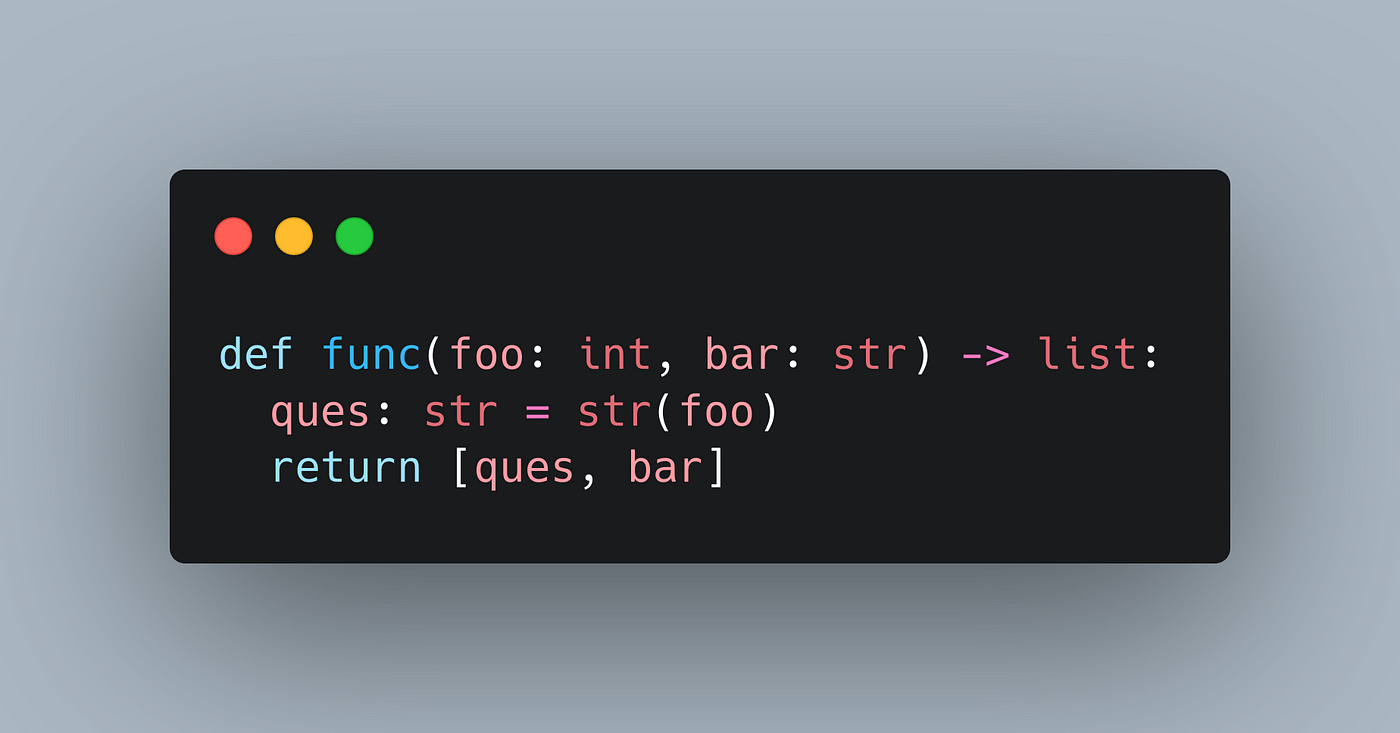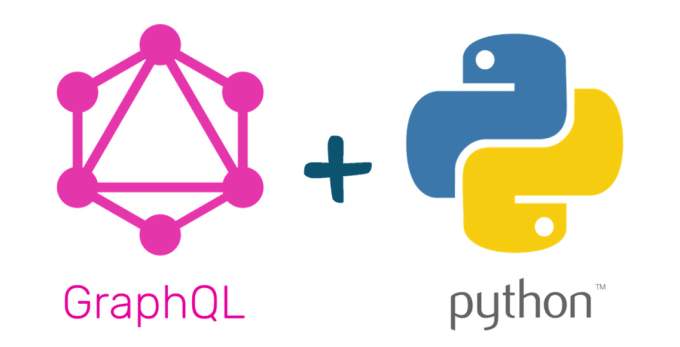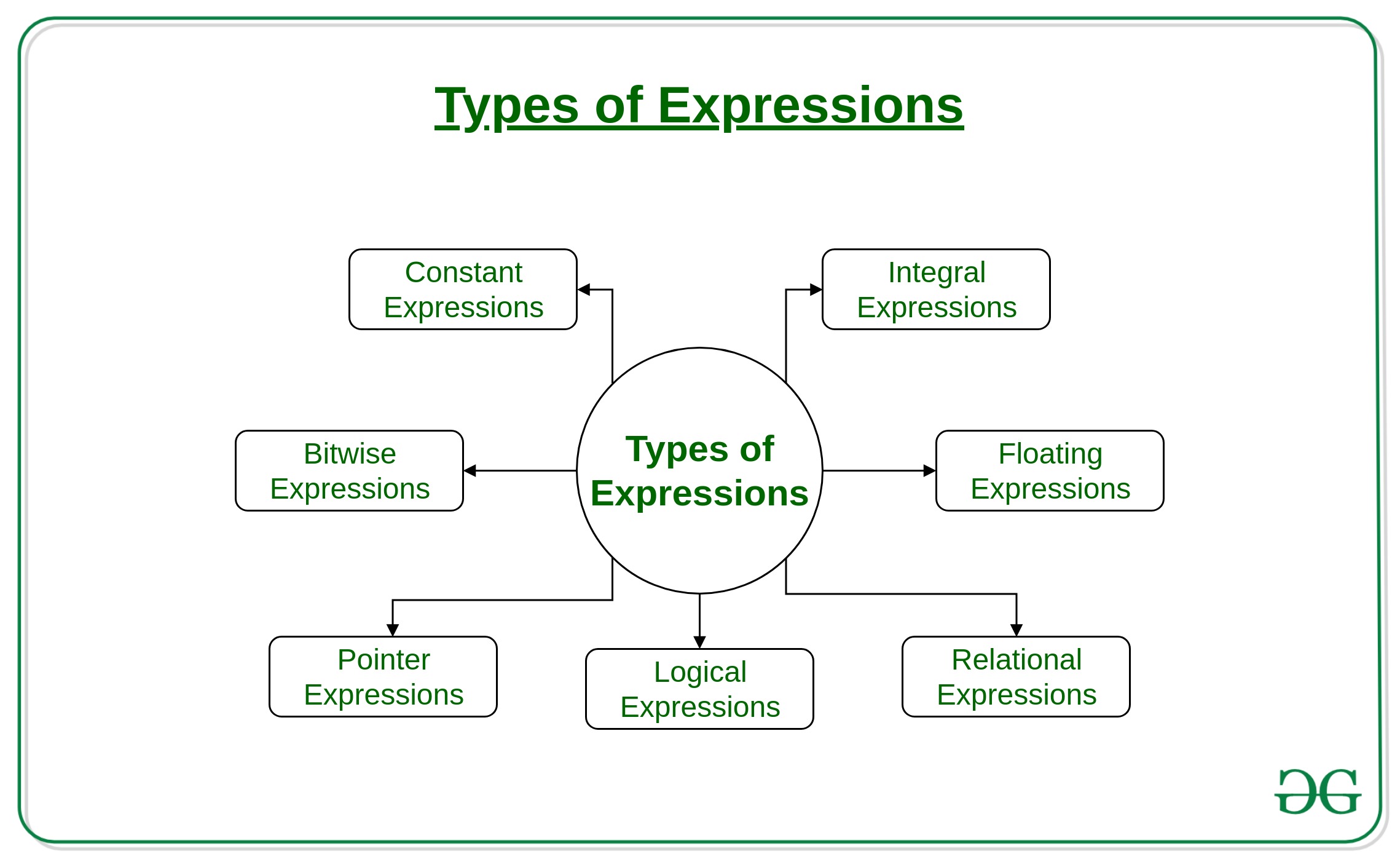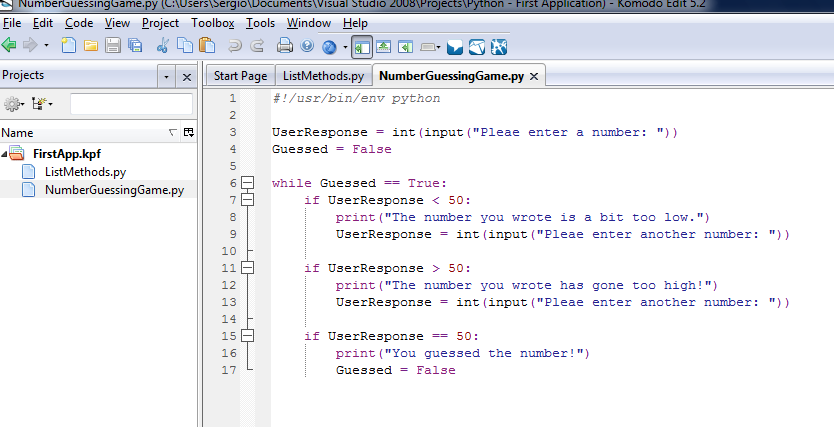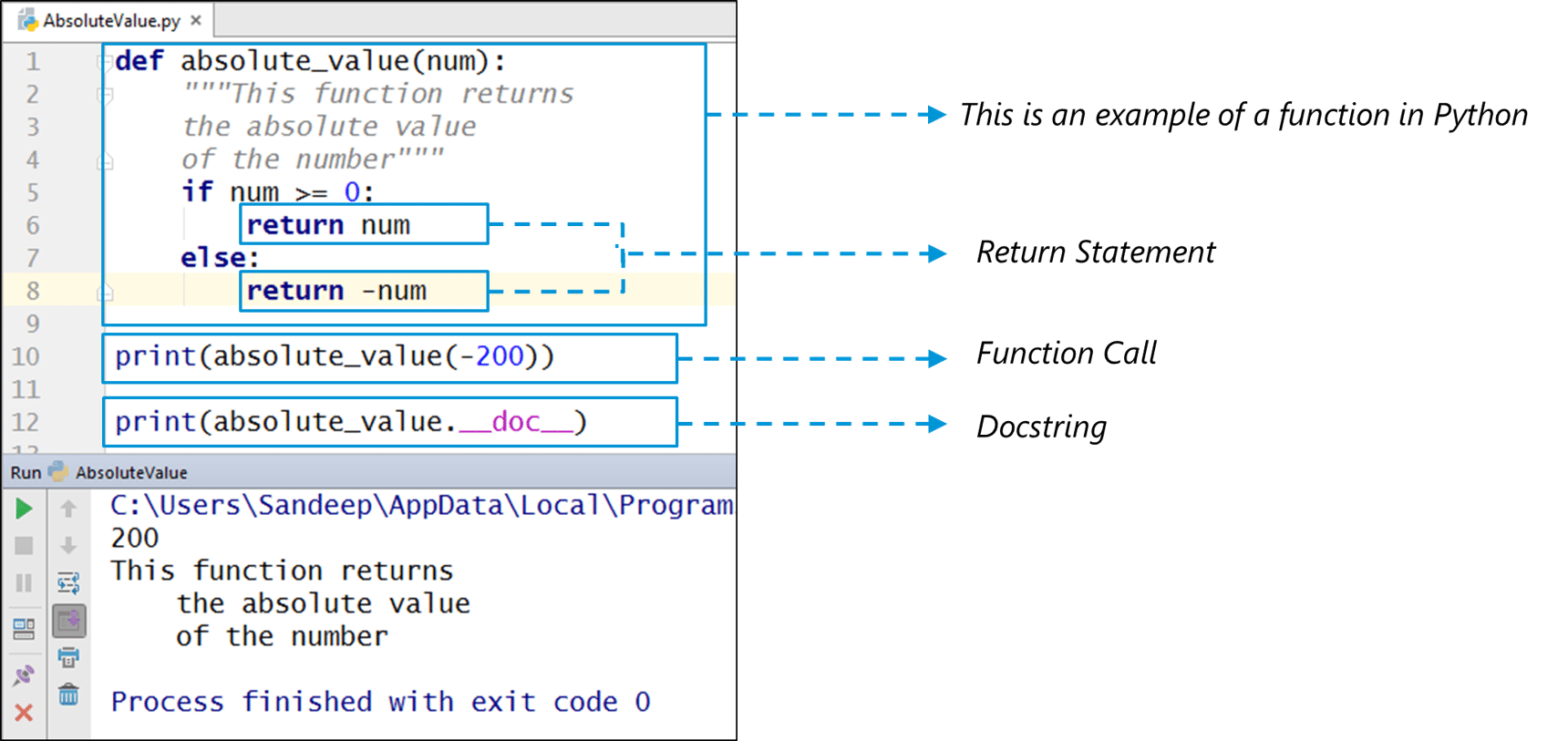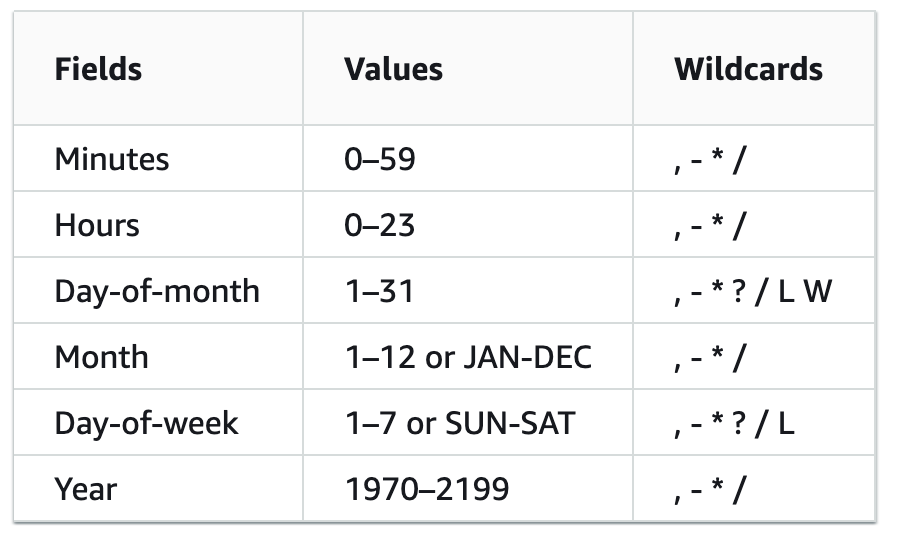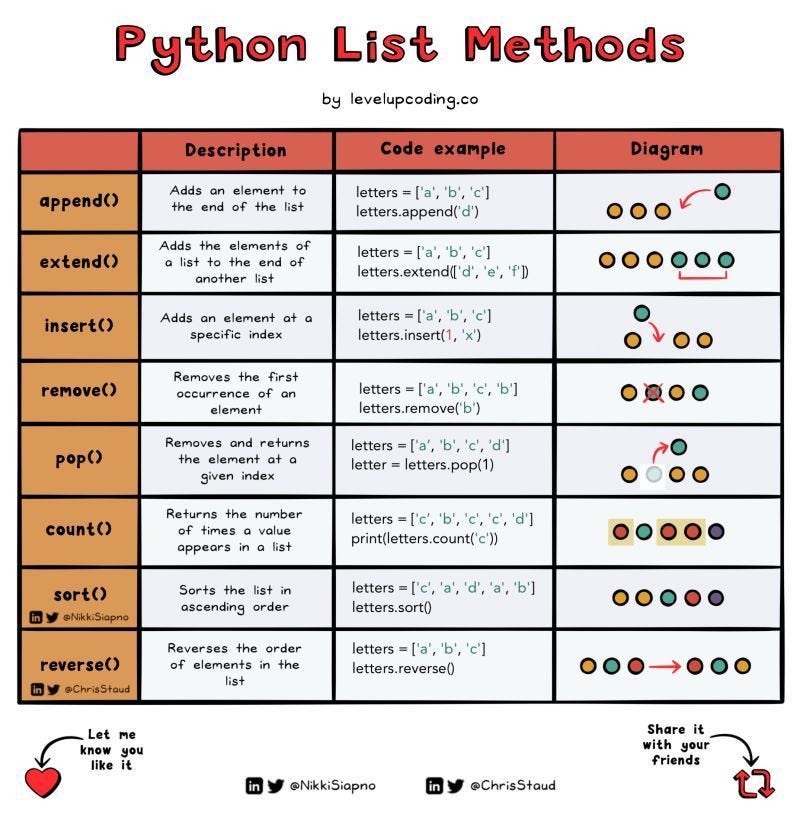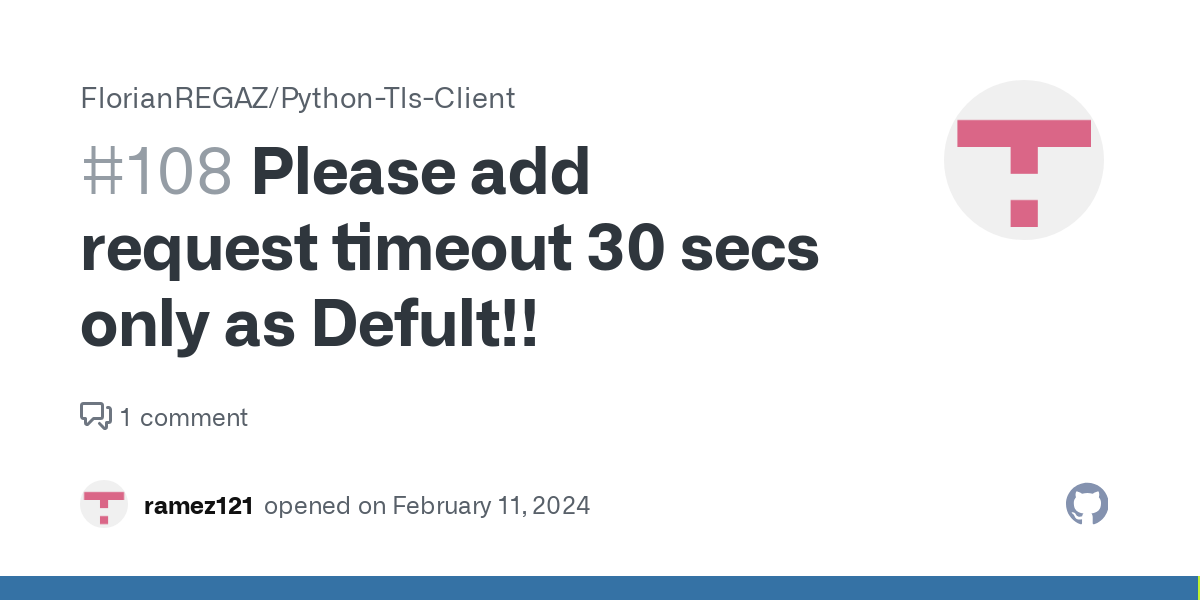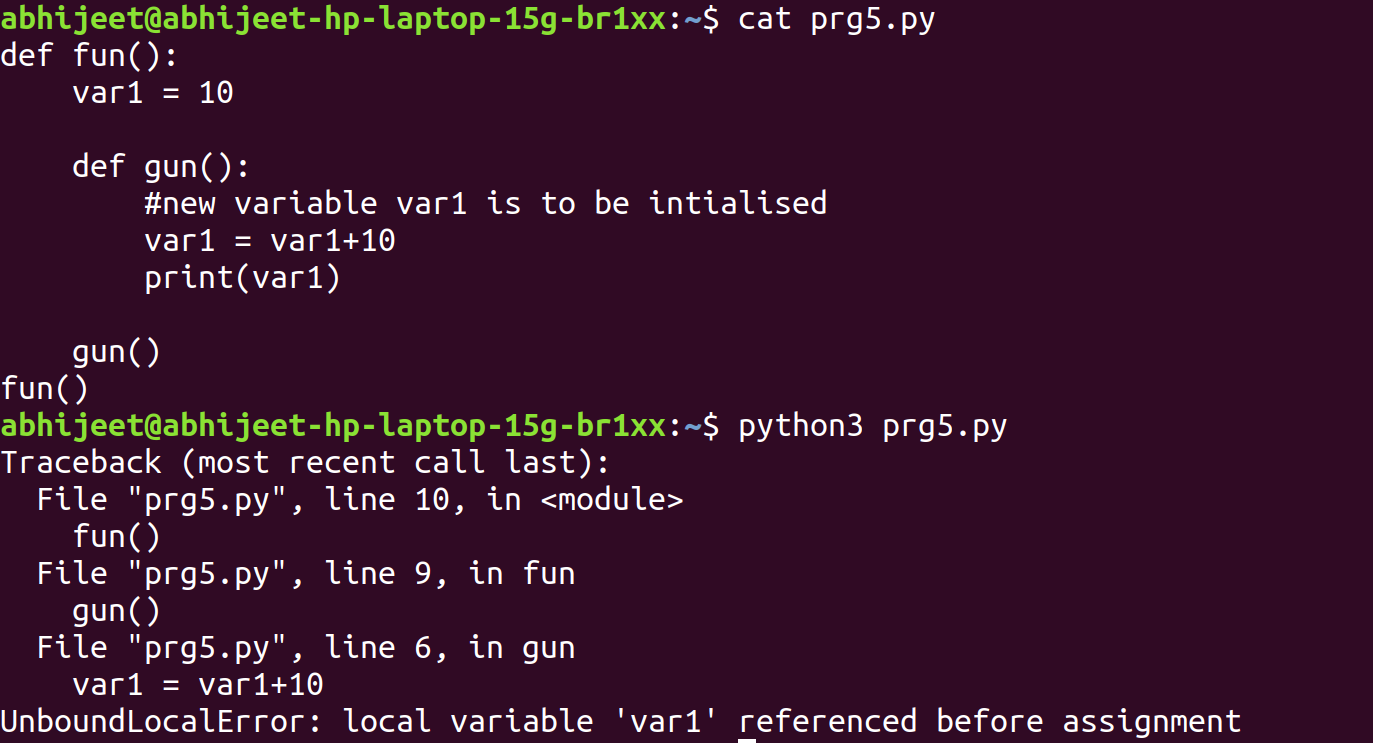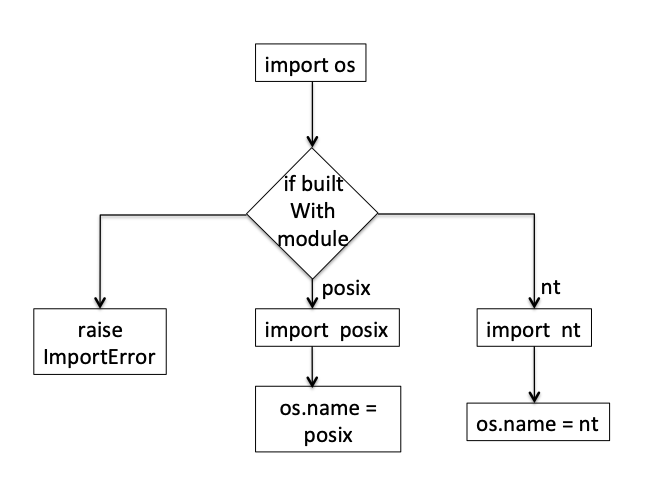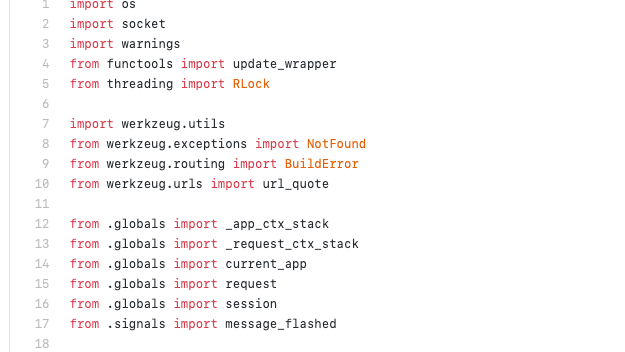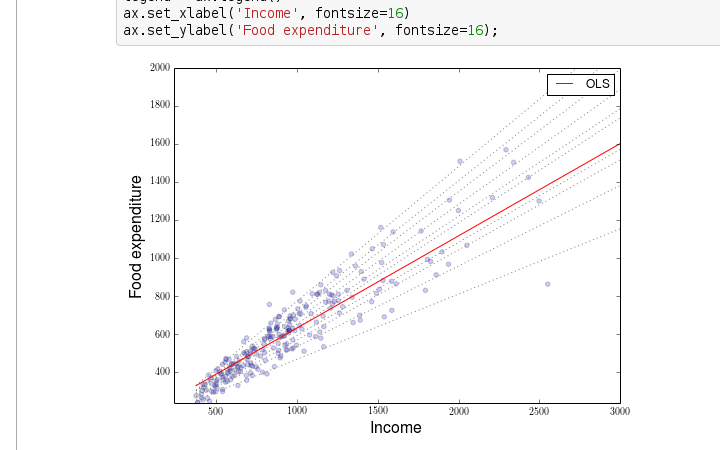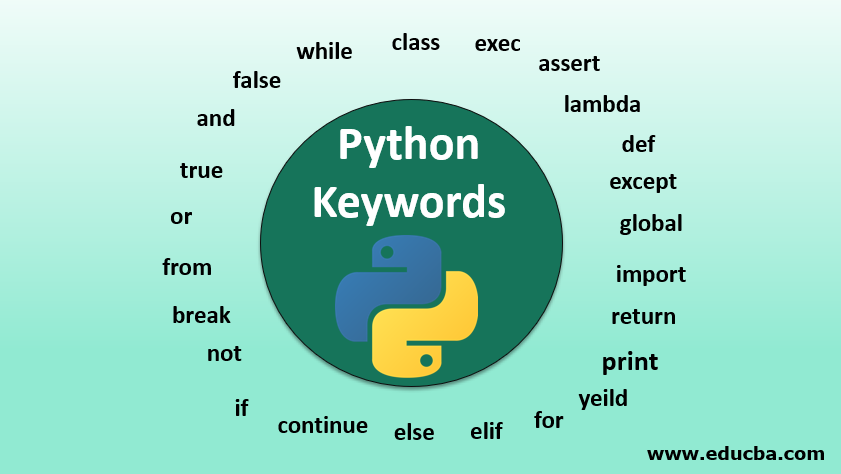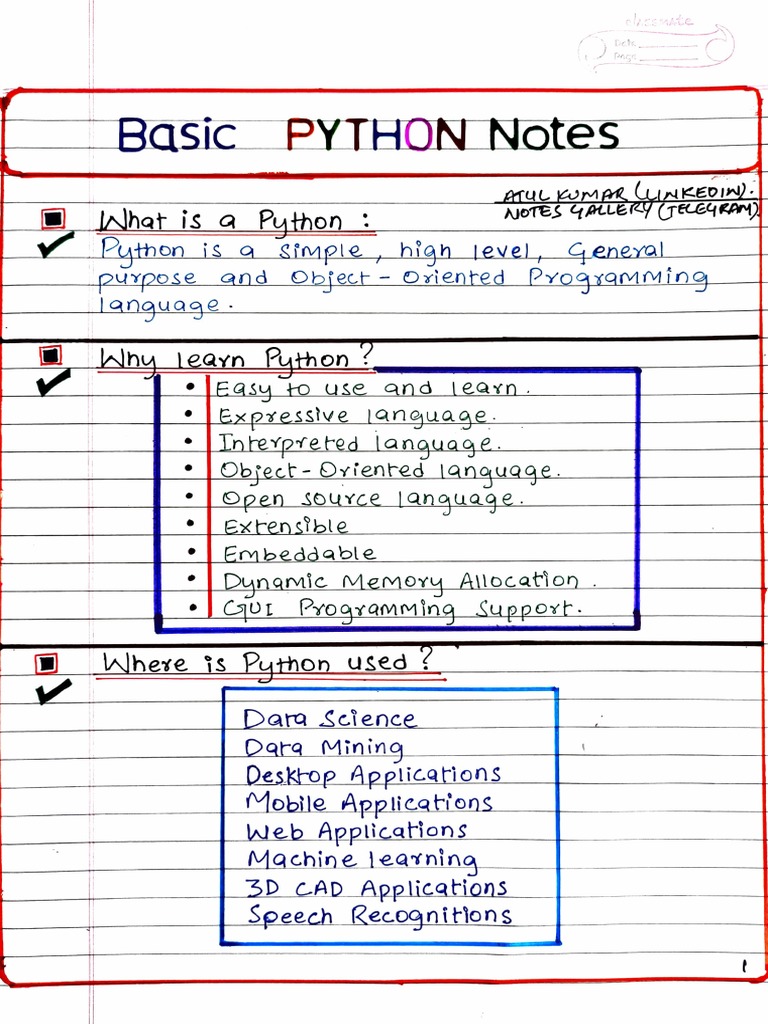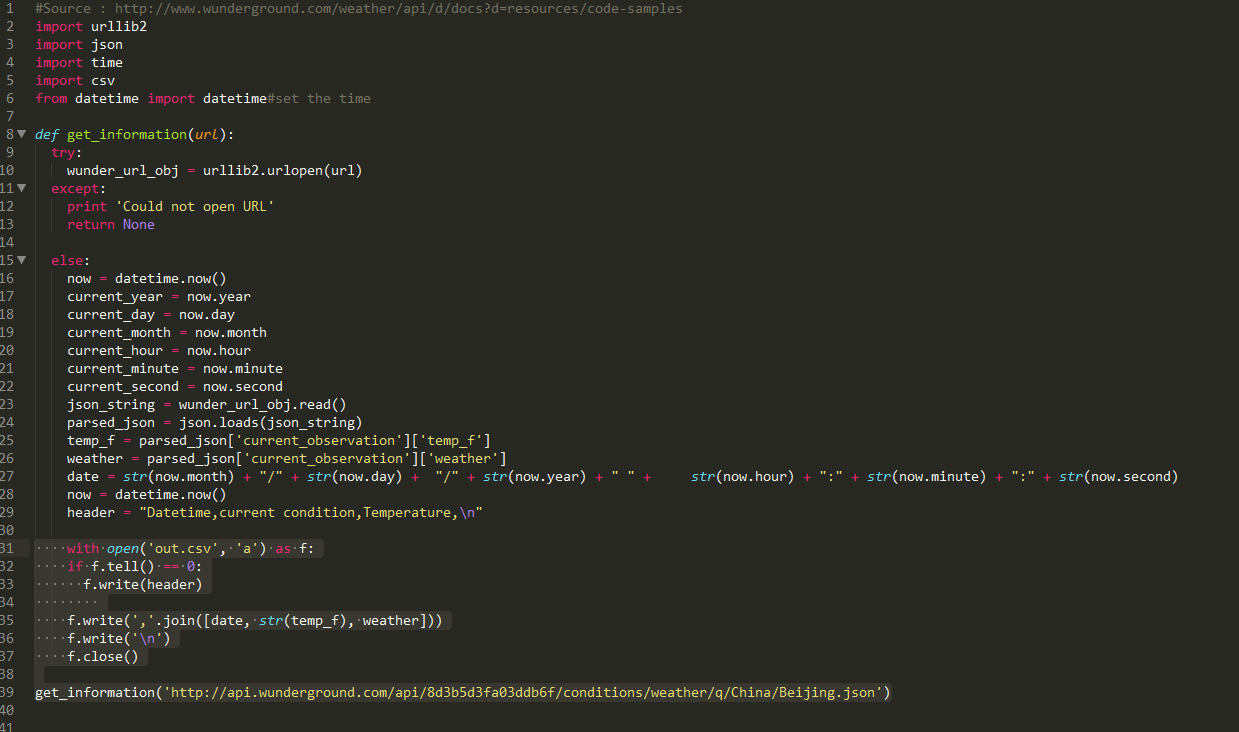How to use if and && in Python?
How to use if and && in Python?
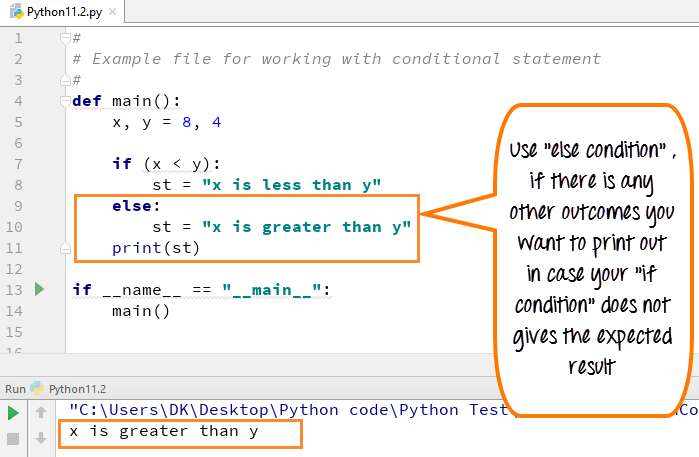
I'm happy to help you with that!
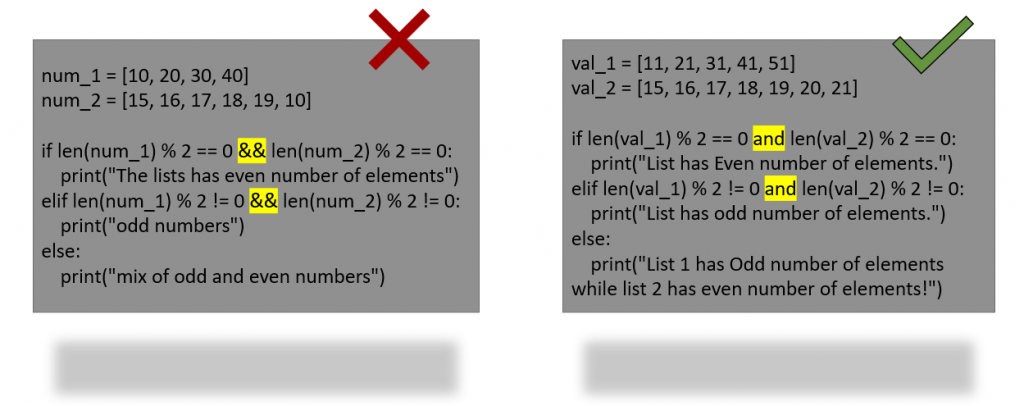
In Python, if is used for conditional execution of a block of code based on the result of a test expression. The syntax for an if statement is as follows:
if condition:
do something if condition is True
For example:
x = 5
if x > 10:
print("x is greater than 10")
In this case, the code inside the if block will be executed only when x is greater than 10. If x is less than or equal to 10, the code will not be executed.
On the other hand, && (also known as "and") is used to perform a logical conjunction between two expressions. It returns True if both expressions are True, and False otherwise.
In Python, you can use the word and instead of &&. The syntax for using and with an if statement is as follows:
if condition1 and condition2:
do something if both conditions are True
For example:
x = 5
y = 10
if x > 3 and y > 8:
print("x is greater than 3 and y is greater than 8")
In this case, the code inside the if block will be executed only when both conditions are True.
So, to summarize:
if statements in Python are used for conditional execution of a block of code based on the result of a test expression. The word and (not &&) can be used with an if statement to perform a logical conjunction between two expressions.
Here's another example that shows how you can use both if and and in one sentence:
x = 5
y = 10
z = 15
if x > 3 and y > 8 and z > 12:
print("x is greater than 3, y is greater than 8, and z is greater than 12")
In this case, the code inside the if block will be executed only when all three conditions are True.
If and python for loop
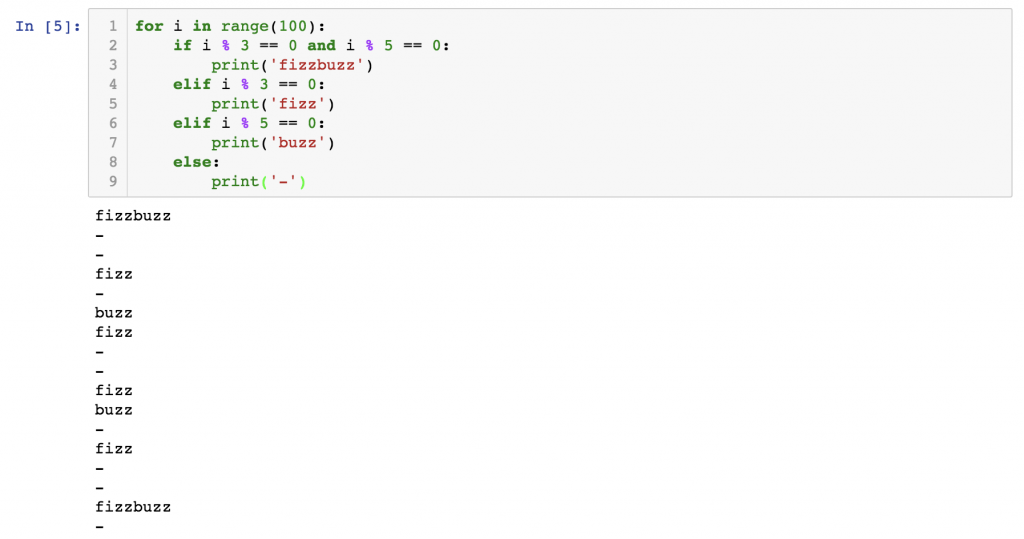
I'd be happy to explain the concept of a "for" loop in Python!
In programming, a loop is a sequence of instructions that are repeated until a certain condition is met. A "for" loop is one type of loop that allows you to iterate over a sequence (such as a list or tuple) and execute a block of code for each item in the sequence.
The basic syntax of a "for" loop in Python is:
for variable in iterable:
do something with the variable
Here, variable is the name given to the current item in the sequence being iterated over, and iterable is the sequence itself. The code inside the loop will be executed for each item in the sequence.
For example, let's say you have a list of numbers:
numbers = [1, 2, 3, 4, 5]
You can use a "for" loop to iterate over this list and print out each number:
for num in numbers:
print(num)
When you run this code, the output will be:
1
2
3
4
5
As you can see, the loop iterates over each item in the numbers list, assigning it to the variable num, and then executes the print(num) statement.
You can also use a "for" loop with other types of iterable, such as strings or dictionaries. For example:
fruits = ['apple', 'banana', 'cherry']
for fruit in fruits:
print(fruit)
{'a': 1, 'b': 2, 'c': 3}
for key, value in dictionary.items():
print(f"{key}: {value}")
In this example, we're iterating over a list of strings and printing out each string. In the second example, we're iterating over a dictionary and printing out each key-value pair.
Some other things to keep in mind when working with "for" loops:
You can use therange() function to create an iterable sequence of numbers.
for i in range(5):
print(i)
This will output:
0
1
2
3
4
enumerate() function to iterate over a sequence and get both the index and value.
fruits = ['apple', 'banana', 'cherry']
for i, fruit in enumerate(fruits):
print(f"{i}: {fruit}")
This will output:
0: apple
1: banana
2: cherry
These are just a few examples of how you can use "for" loops in Python. With a little practice, you'll be iterating like a pro in no time!


